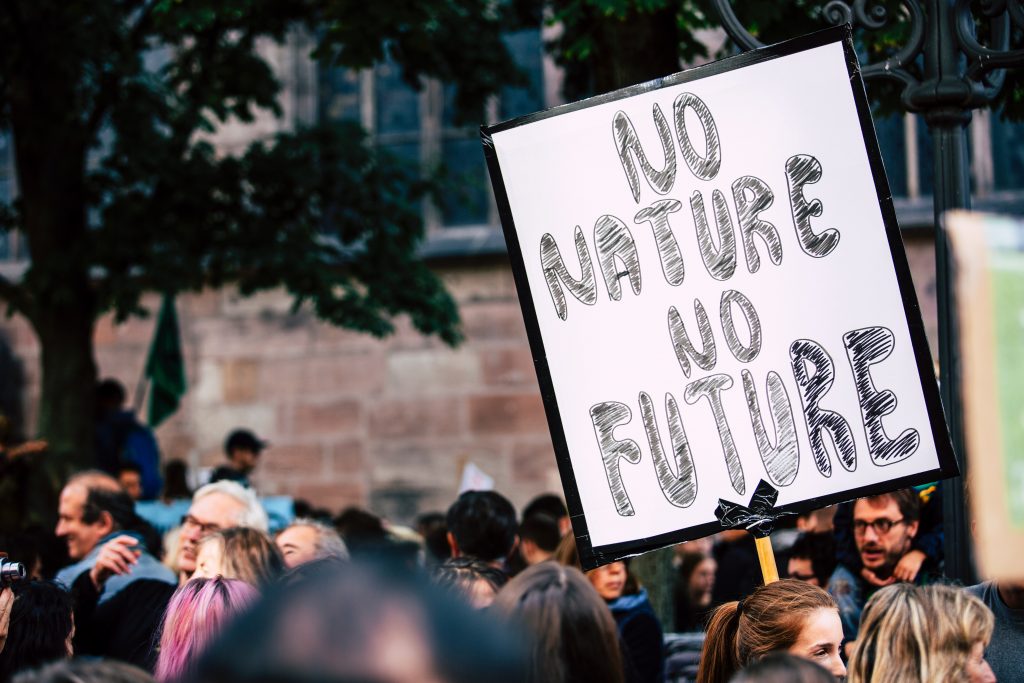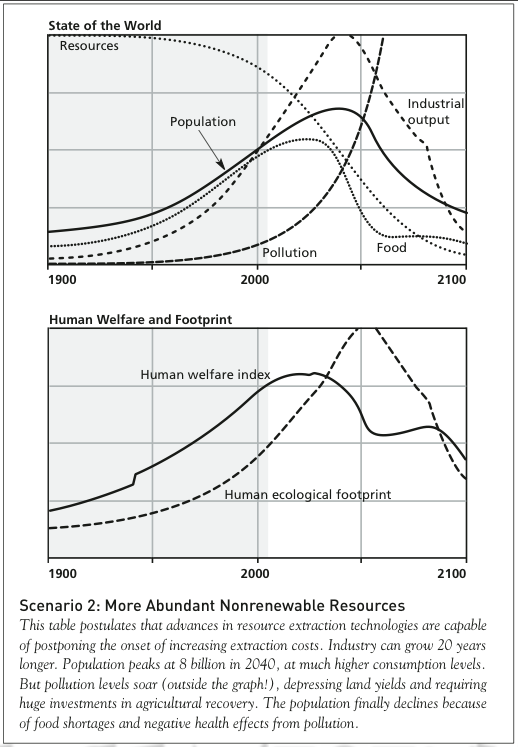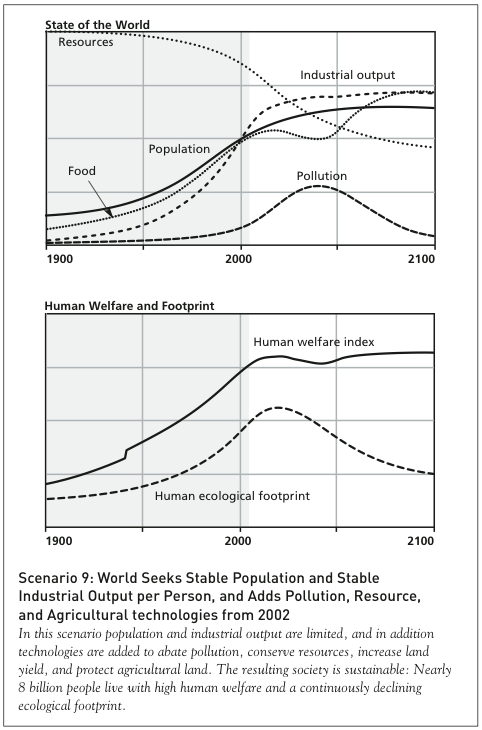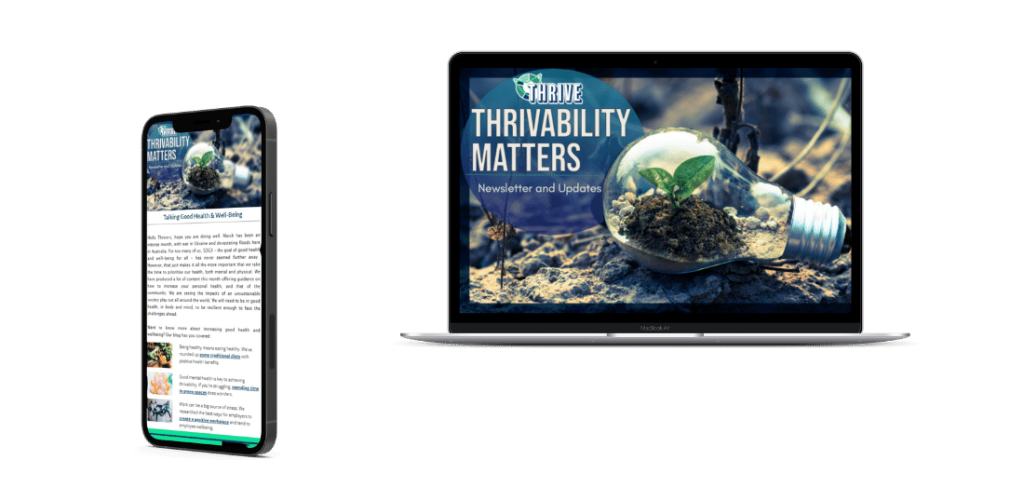The benefits of economic growth and development is a widely discussed topic by governments to academia. We’ve been told that economic growth is essential for human prosperity. Politicians will try to convince you that your job is safe with their plans to stimulate the economy. Business schools have been telling us for decades that economic growth will increase social welfare by providing us with access to a variety of goods & services.
However, does this still hold true? Many are wary stating that economic growth is unsustainable for the environment and is reaching its threshold. What’s the point of being promised a job on a planet that cannot sustain itself. Is GDP really measuring how well our country is performing when our ecosystems are dying? Or what happens to our social welfare when we’ve exhausted all our resources?
The last 100 years have seen a drastic increase in global GDP, which is now worth well over $100 trillion compared to only $4.73 trillion back in 1913 (Roser, 2013). In this same time, we have indeed made giant leaps in technology, science, medicine and infrastructure; while witnessing the overall quality of life and standards of living improve across the world. However, we have also taken huge steps backwards in the preservation of our natural environment with our resource usage increased by 23 fold in this same period (Krausmann et al, 2017).

Can our Economies Grow Forever?
This begs the question of how long can our economies grow before we reach our limit? Or is it even possible to reform economic growth to preserve our environment?
Over the past few decades, a body of research has emerged, stating that economic growth and development cannot last forever. In the Limits to Growth report commissioned by The Club of Rome found that the combination of exponential economic and human population growth, coupled with the finite resources available, will see the collapse of human civilisation within the next 100 years (Meadows, Meadows, Randers, & Ill, 1972).
While The Club of Rome is somewhat sceptical about our future, Paul Ekins (2000) argues that economic growth and environmental sustainability can coincide with the implementation of effective public policy and tax reforms combined with developments in green technology. In this blog, we present both arguments to try and decipher how close to extinction we really are.

Limits to Economic Growth
The Limits to Growth report, which was released almost 50 years ago by the late Dama Meadows and colleagues attracted worldwide attention about the impact unchecked economic and population growth can have on our planet. The report concluded that we are utilising resources faster than their replenishment rates and emitting wastes and pollution at levels higher than what the Earth can handle. In addition, these trends would inevitably result in the collapse of society where standards of living and economic development will stop and go backwards.
Results from this report were obtained from a computer model known as World3, which simulated trends in “population, food production, industrialisation, pollution, and consumption of non-renewable natural resources” (Meadows et al., 1972). In the 30 year update, the model has forecasted several scenarios that reveal what could happen to natural resources as our economy and population continues to grow. Furthermore, in each iteration, slight adjustments are made to take into account possible future developments which include technological advancements, family size, and consumption limits.
Limits to Growth Scenarios
The majority of the scenarios project that our economy will hit its threshold and collapse within the next 100 years. For example, the first scenario foresees the economy crashing within the first few decades if no changes are made to our current system. The rising population will bring resources close to exhaustion, thus forcing investment towards resource extraction rather than output. Consequently, food shortages and limited health care will see the economy and standards of living to diminish.
Other scenarios consider technological advancements in improved resource management and emission control. However, the model calculates that this would only delay the inevitable. Eventually, we would hit our threshold as the cost of new technologies and obtaining non-renewables will rely on more capital than the economy can provide. The model predicts that by the time the technology is ready, it will be too late to undo the damage that is done. The same conclusions of scenario one are observed but only later.
Eventually, the most optimistic scenario capped family size to a maximum of two children and limited the industrial output a person could consume. It also considered improvements in technology that would be able to reduce the world’s ecological footprint and preserve the natural environment. In this situation, the model predicts that civilisation will be able to maintain the standard of living and avoid a catastrophic collapse. However, today, this has yet to be implemented in many parts of the world. The book concludes that our economy is well on track to collapse before the end of this century.
Sustainable Economic Growth
Paul Ekins is one of the more well-known critics of The Limits to Growth report. In his Ted Talk, he does acknowledge that historically we have seen exponential economic and population growth that shares a positive correlation with GHG emissions. Ekins also agrees that if this sort of development continues, the conclusions of Limits to Growth are correct. However, he states that stopping economic growth and development is firstly impossible but also unnecessary. His research arrived at a different conclusion; he believes that through the effective implementation of public policies and the use of green technology, economies can grow sustainably.
Decoupling Trends
Firstly, Ekins cites a study by OECD (2015), which shows the relationship between material consumption with GDP in OECD countries and the world. Whilst the rest of the world has seen material consumption increase with GDP, the OECD countries, on the contrary, have seen material consumption remain relatively stable with GDP increasing. Ekins is optimistic since the trend in the OECD countries shows that economic growth and development is possible without increasing material consumption. In his presentation, he points to other examples such as decreases in Sulphur Dioxide pollution since the 1980s (Brown, Li, Massetti, & Lapsa, 2017) and reduction in Biochemical Oxygen Demand (Joshi & Beck, 2015) as evidence that sustainable development is possible.

Additionally, Ekins cites data from DUKES (2020), which shows that in the UK since the 1970s GDP has been increasing, but the total primary energy consumption had stayed relatively the same. Moreover, he states that CO2 emissions in the UK are declining primarily due to the country relying more on renewable energy sources. This research is supported by Yeo and Evans (2016), which shows that 35 additional countries, mostly in Europe, have seen similar GDP growth with CO2 emissions either stagnant or reducing.
Public Policy & Tax Reforms
Much of Ekins’s research surrounds how using tax reforms, and public policy can promote sustainable development. For instance, in his book Environmental Tax Reform (ETR): a Policy for Green Growth, he mentions how reforming the tax system and placing them onto harmful environmental activities is the way to move forward. He alludes to examples from Europe, where these new taxes have led to reduced greenhouse emissions and stimulated innovations in renewable energy, fuel efficiency, and waste management (Ekins & Speck, 2011).
For instance, the adoption of an increasing landfill tax in the UK managed to cut down on the number of wastes ending up in landfills even with economic growth occurring. The tax generated close to ten billion pounds in revenue since 1990 while contributing to a 25% reduction in landfill wastes and an increase in household recycling rate to above 40% (Ekins, 2016).
In conclusion, the implications of his research state that introducing public policy and tax reforms at a global scale along with the implementation of green technology is the only way for economic growth and preservation of our natural environment can coincide.
Rethinking Economic Growth
The debate surrounding economic growth and development is raising interesting questions. Will our civilisation survive the next 100 years, or will technology save us? Whatever the answer, one thing is apparent; we do need to change our perception of economic growth to a more holistic one. Yes, economic growth can promise us jobs today but is it worth it if tomorrow we will cease to exist.
Here at the THRIVE Project, we encourage positive change through the use of our THRIVE Platform. It works by using predictive analytics and machine learning to rank your business’s performance against a Triple Bottom Line. We hope this tool will help motivate business leaders to compete with one another and individual consumers to reward enterprises that focus on sustainability! Together we can transform our planet into a Thrivable one!

References
Brown, M. A., Li, Y., Massetti, E., & Lapsa, M. (2017). U.S. sulfur dioxide emission reductions: Shifting factors and a carbon dioxide penalty. The Electricity Journal, 30(1), 17-24. doi:10.1016/j.tej.2016.12.007
DUKES. (2020). statistics on overall energy production and consumption. Retrieved from https://www.gov.uk/government/statistics/energy-chapter-1-digest-of-united-kingdom-energy-statistics-dukes
Ekins, P. (2000). Economic Growth and Environmental Sustainability. London: Routledge.
Ekins, P. (2016). Zero waste. Retrieved from https://www.smithschool.ox.ac.uk/research/sustainable-finance/news/AETW-Policy-Report-FINAL.pdf
Ekins, P., & Speck, S. (2011). Environmental Tax Reform (ETR) A Policy for Green Growth. Oxford: Oxford University Press.
Joshi, P., & Beck, K. A. (2015). Biological Oxyden Demand and Economic Growth: An Empirical Investigation. Water Economics and Policy, 1(2), 1550001. doi:10.1142/S2382624X15500010
Krausmann, F., Wiedenhofer, D., Lauk, C., Haas, W., Tanikawa, H., Fishman, T., . . . Haberl, H. (2017). Global socioeconomic material stocks rise 23-fold over the 20th century and require half of annual resource use. Proceedings of the National Academy of Sciences, 114(8), 1880-1885.
Meadows, D., Randers, J., & Meadows, D. (2002). A Synopsis: Limits to Growth: The 30-Year Update. Retrieved from http://donellameadows.org/archives/a-synopsis-limits-to-growth-the-30-year-update/
Meadows, D. H., Meadows, D. L., Randers, J., & Ill, W. W. B. (1972). The Limits to Growth. New York: Universe Book.
OECD. (2015). Material Resources, Productivity and the Environment. Paris: OECD Publishing.
Roser, M. (2013). Economic Growth. Retrieved from https://ourworldindata.org/economic-growth
Yeo, S., & Evans, S. (2016). The 35 countries cutting the link between economic growth and emissions. Retrieved from https://www.carbonbrief.org/the-35-countries-cutting-the-link-between-economic-growth-and-emissions




